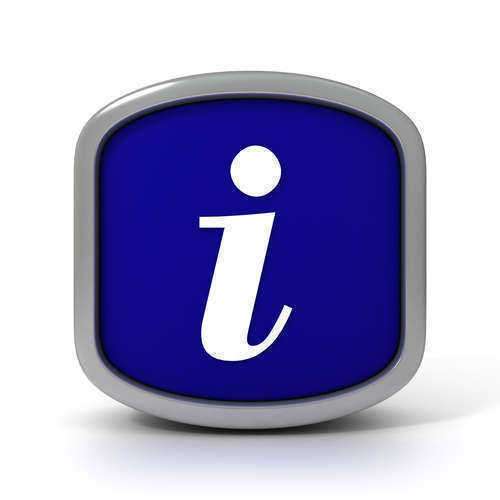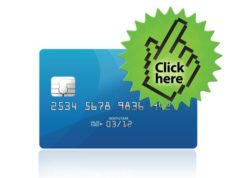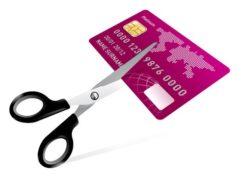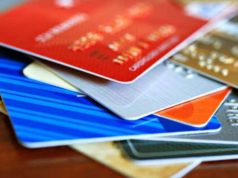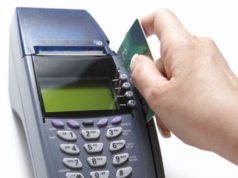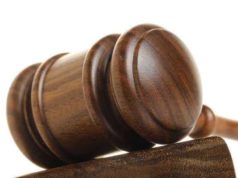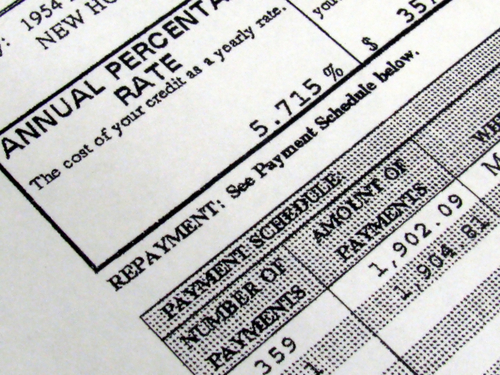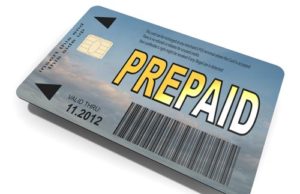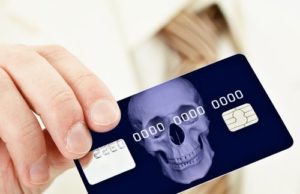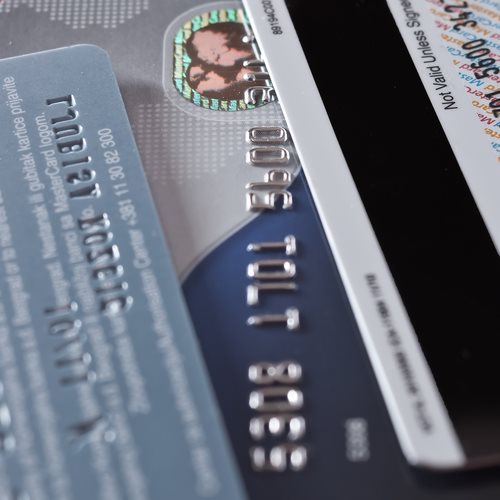
What is
Credit Card Debt?
Credit card debt is an unfortunate situation that
occurs when an individual over-extends themselves by purchasing goods with
credit beyond their means to pay the debt. In essence, credit card debt occurs
when an individual’s debt, as a result of their credit card use, exceeds their
ability to pay the debt or their income.
Credit card
debt is fairly easy to get involved with, even if the consumer maintains some
sort of budget. The reasoning behind this prevalence is that financial
institutions who issue credit cards do so with interest or APR rates attached.
These rates are multiplied into unpaid monthly balances. Over time, these small
percentage increases can suffocate a borrower.
Why do most people get in Credit Card Debt?
In addition to interest rates, all credit cards
are attached with finance fees, usage fees and other terms that may be hidden
in the original credit card agreement. That being said, credit card debt occurs
most frequently when an individual becomes reckless with their lines of credit.
The majority
of consumers with credit card debt, when given the ability to purchase a product
in good faith, do not acknowledge the long-term problems that could arise from
an over-extension. Those stricken with credit card debt purchase goods with the
assumption that they will pay them off in the future.
Unfortunately, unforeseen
events occur, such as layoffs or other costs, which prevent an individual from
making significant credit payments. As a result, the consumer is only able to
make minimum payments, which is attached with interest charges.
Example of how APR affects my Credit Card payments
If a consumer has a credit card with an available
credit line of $500 and an annual percent rate of 20% and spends the full
credit amount of $500 in one month on various goods and services, he or she
will be required to pay off that debt over time. Credit card billing cycles are
monthly, meaning the individual is required to pay off all or some of the debt
at the end of each month.
If the individual does not pay the $500 and only pays
the minimum (typically $15), the APR of 20% will be applied to the next month’s
bill in the form of a monthly fee (.20/12), or .01667. Add 1 to this figure to
reveal 1.016, which is then multiplied by your remaining balance. Therefore, if
you have $485 due next month, you will take $485 and multiply it by 1.016 to
yield a new balance of $492.76. This added $7.76 may not seem like much, but
over time as more credit is made available and subsequently used, this figure
will grow exponentially.
In addition, if you multiply the $7.76 times 12
(months) you can see that you are paying nearly $100 in interest for a small
credit line. Credit cards with larger lines of credit will obviously have
larger figures.
Therefore, those who extend themselves more, meaning they buy
more goods with credit, will be more susceptible to facing severe credit card
debt. The terms attached to each credit card will vary based on the issuing
institution’s protocol and the credit score of the prospective borrower.
How to avoid or get out of Credit Card Debt
There are numerous ways to get out of credit card
debt, the most basic of which is to develop a budget and only purchase items
that are needed on credit. The development of a budget, in alignment with your
disposable income, will ensure that you do not exceed your ability to repay the
debts.
Aside from this basic step, an individual facing credit card debt can
consolidate their payments by contacting their lender and developing a more
feasible repayment plan.
In addition to personal approaches, an individual
can get out of credit card debt through the inclusion of a credit counseling
agency. These organizations will provide educational resources on how to
properly balance one’s debt. A credit counseling agency will also work with the
individual’s lenders to create repayment plans that are more feasible.
Aside from incorporating a credit counseling
service, an individual can engage in credit repair by filing for bankruptcy. In
most cases, filing for bankruptcy is a last resort form of credit repair. That
being said, credit card bankruptcy will, in essence, clear an individual’s
credit history after a few years.
As stated before, credit repair is vital for
those individuals facing mounting debts because a poor credit score will
prevent an individual from obtaining any source of financing in the future,
including mortgages, credit cards with favorable terms, personal loans, leases,
and in some cases employment.

